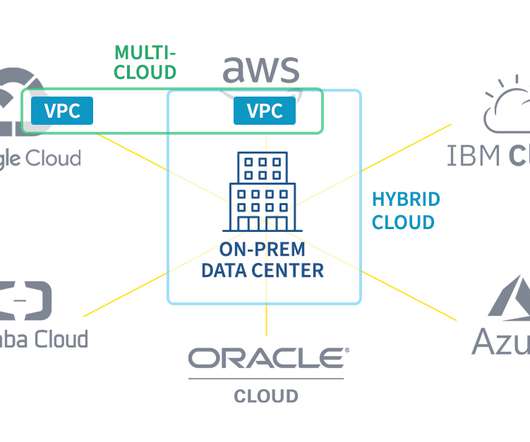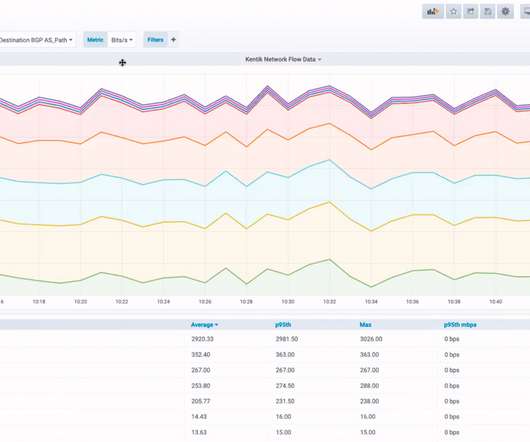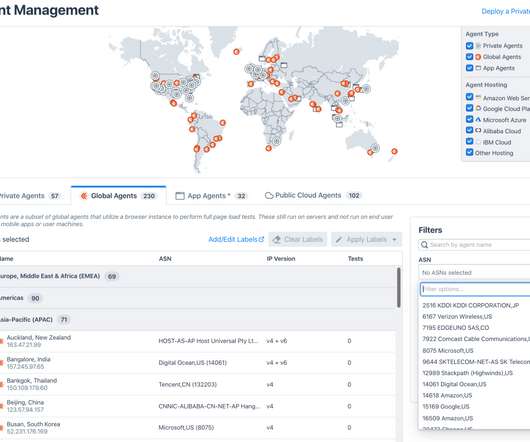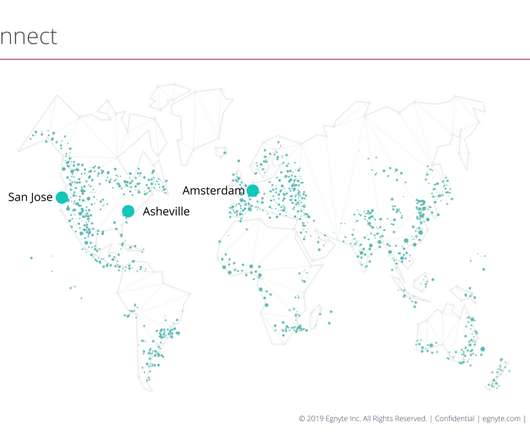Hybrid vs. Multi-cloud: The Good, the Bad and the Network Observability Needed
Kentik
AUGUST 3, 2021
Some of the biggest benefits when adopting a hybrid-cloud configuration are: Applications in the cloud often have greater redundancy and elasticity. This allows DevOps teams to configure the application to increase or decrease the amount of system capacity, like CPU, storage, memory and input/output bandwidth, all on-demand.




















Let's personalize your content